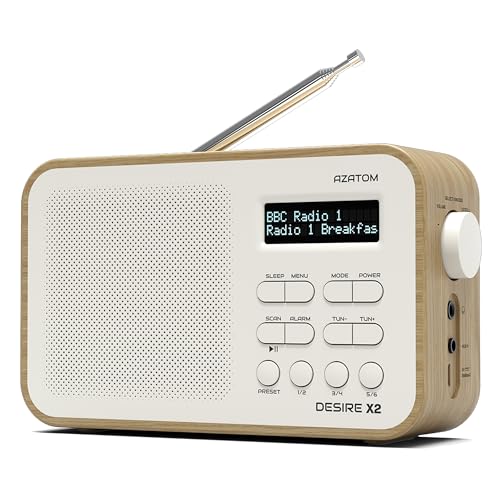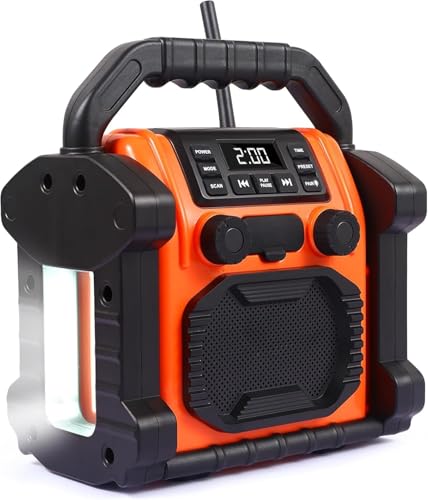What is the average lifespan of a radio?
A radio is a device that transmits and receives radio waves, which are used to broadcast audio signals. Radios have been a popular form of entertainment and communication since their invention in the early 20th century. But what is the average lifespan of a radio? In this article, we will explore the factors that contribute to a radio’s lifespan and provide an estimate of how long you can expect your radio to last.
The lifespan of different types of radios
The lifespan of a radio can vary depending on its type and usage. Portable radios, such as transistor radios or pocket radios, are typically designed to be used on-the-go and may have a shorter lifespan compared to larger, stationary radios. Portable radios are often subjected to more physical wear and tear, as they are more likely to be dropped or exposed to the elements.
On the other hand, larger, stationary radios, such as tabletop radios or home theater systems, are typically built to last longer. These radios are often more expensive and designed with higher-quality components, which can contribute to a longer lifespan. Additionally, these radios are less likely to be moved around or exposed to the same level of physical stress as portable radios.
Factors that affect a radio’s lifespan
Several factors can affect the lifespan of a radio:
- Build quality: The quality of the components used in a radio’s construction can significantly impact its lifespan. Radios built with higher-quality materials and components are generally more durable and have a longer lifespan.
- Usage: How frequently and intensively a radio is used can also affect its lifespan. Radios that are used regularly and at higher volume levels may wear out faster than those that are used less frequently and at lower volume levels.
- Maintenance: Regular maintenance can extend a radio’s lifespan. Cleaning the radio’s contacts and switches, keeping it in a dust-free environment, and avoiding exposure to moisture and extreme temperatures can help prolong its lifespan.
- Technological advancements: As technology evolves, older radios may become outdated and eventually stop working. For instance, AM-only radios may become obsolete as FM radio becomes more prevalent. However, radios that have the ability to tune into multiple frequencies or connect to external devices may have a longer lifespan.
Estimating the average lifespan of a radio
While it is challenging to provide an exact average lifespan for all radios, the general consensus is that a well-maintained radio can last between 10-20 years. However, certain factors can significantly impact this estimate.
If a radio is subjected to extreme temperatures or moisture, its lifespan may be significantly reduced. Additionally, radios that are used extensively and at higher volume levels may wear out faster compared to those that are used more sparingly and at lower volumes.
Another factor to consider is the availability of replacement parts. As radios age, it may become increasingly difficult to find replacement parts for repairs. This can shorten the radio’s overall lifespan, as even a minor issue could render it unusable if replacement parts are not available.
It’s also worth noting that the average lifespan of a radio can vary depending on the brand and model. Some manufacturers may prioritize durability and longevity, while others may focus more on affordability and functionality.
In conclusion, the average lifespan of a radio is estimated to be between 10-20 years, assuming it is well-maintained and not subjected to extreme conditions. However, various factors such as build quality, usage, maintenance, and technological advancements can significantly impact a radio’s lifespan. Furthermore, the availability of replacement parts can also influence how long a radio remains functional. If you are looking to purchase a radio, it is essential to consider these factors to make an informed decision.






